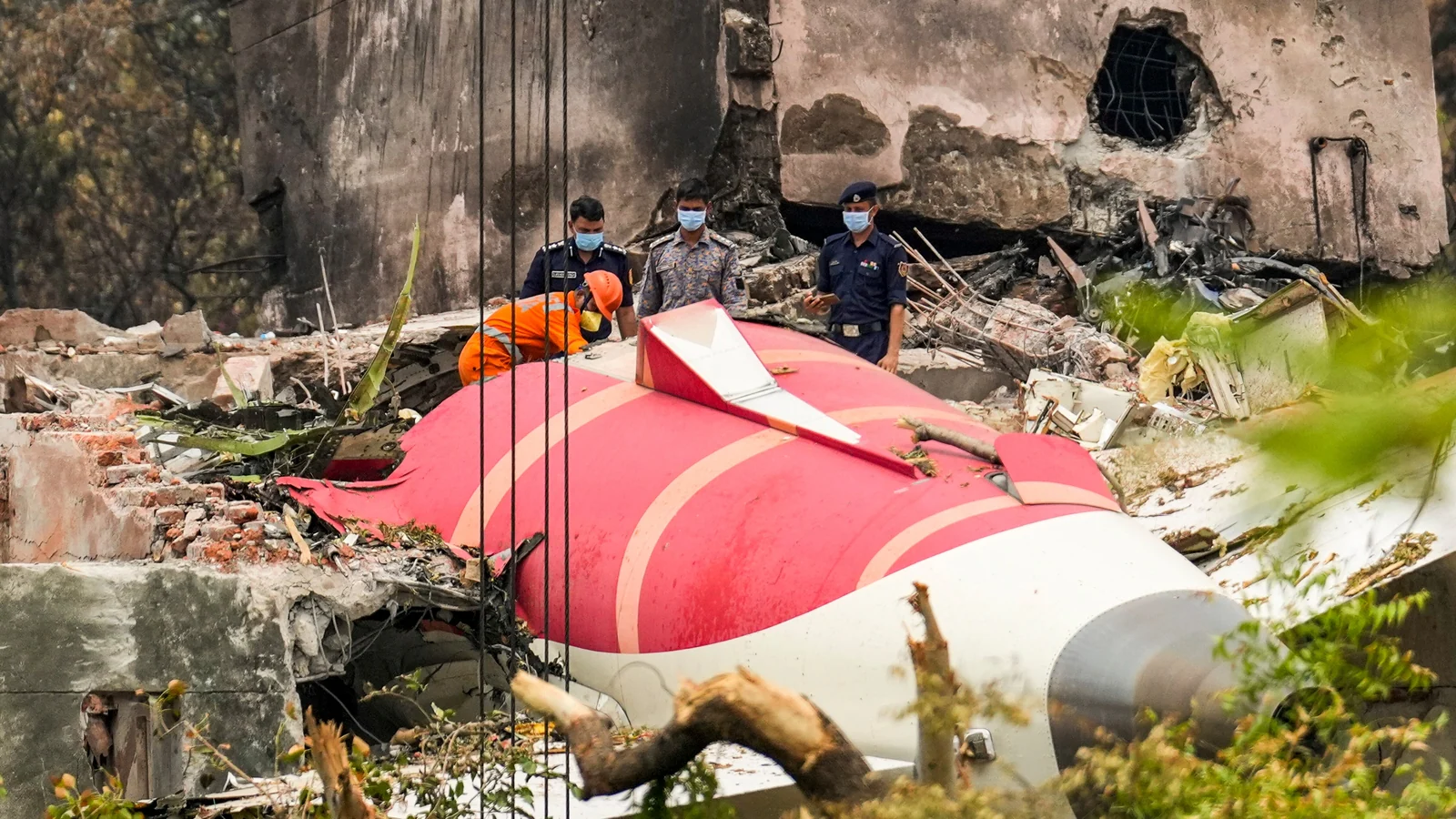Air India AI 171 Crash: Mystery of Fuel Switches in “RUN” Position Unfolds
New details from the preliminary report into the tragic Air India AI 171 crash reveal a puzzling discovery that is now central to the investigation: the fuel switches for both engines were found in the “RUN” position after the aircraft went down, despite a sudden fuel cutoff just moments after takeoff. This finding sheds light on the final chaotic seconds of the flight but leaves a crucial question unanswered: what caused the engines to suddenly lose power?
The Unexplained Fuel Cutoff: According to the report, flight data shows that the fuel cutoff switches for both Engine 1 and Engine 2 moved from the “RUN” position to the “CUTOFF” position, one after the other, with only a one-second gap. This sudden change caused the engine fans to slow down dramatically, even deploying the Ram Air Turbine (RAT) – a small propeller that provides emergency power when engines fail.

Air India AI 171 Crash: Fuel Switch Mystery Deepens as Investigation Continues
Pilot’s Confusion and Desperate Attempt: Recordings from the cockpit captured a chilling exchange: one pilot questioned why the engines were shut off, and the other pilot denied having done so. This suggests neither pilot intentionally cut the fuel.
The fact that the fuel switches were discovered in the “RUN” position after the crash indicates a likely attempt by the crew to restore the fuel supply to the engines. However, this effort came too late. The aircraft tragically crashed just 32 seconds after becoming airborne, leaving no time for recovery.
Ongoing Investigation and Past Warnings: The precise reason for the fuel cutoff remains a key focus of the ongoing investigation. However, the preliminary report highlights a relevant detail: a 2018 bulletin from the US Federal Aviation Administration (FAA). This bulletin had warned about a potential issue where the fuel control switch locking feature on similar aircraft might accidentally disengage. Importantly, Air India had not acted on this warning as it was not a mandatory requirement at the time.
Investigators are now working tirelessly to determine if the crash was caused by a mechanical failure, human error, or vulnerabilities in the aircraft’s design that led to the unexpected transition of the fuel switches. The final report is eagerly awaited to provide definitive answers to this devastating incident.













